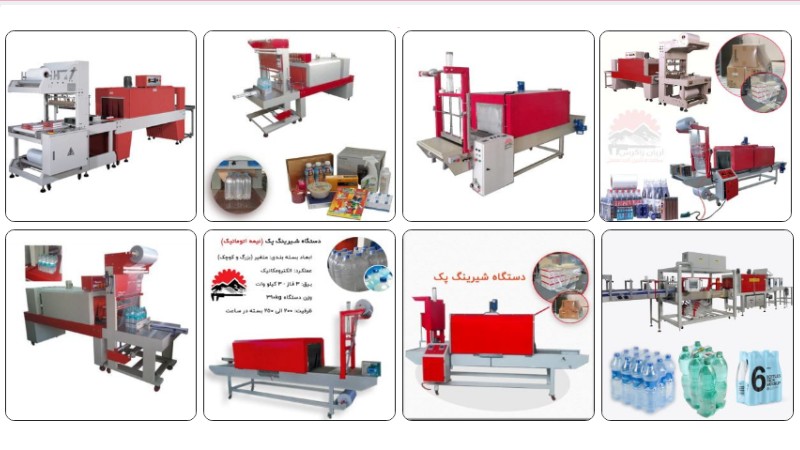Revolutionizing Grain Packing: The Future of Packing Machinery in Agriculture

Strong 8k brings an ultra-HD IPTV experience to your living room and your pocket.
In the world of agriculture, efficient and effective packing machinery plays a crucial role in optimizing the storage and transportation of grains. With the increasing demand for food, it is imperative to streamline the packing process to ensure maximum productivity and minimize losses. This article delves into the realm of packing machinery for grains, exploring the latest advancements, innovative technologies, and their impact on the agricultural industry.
The Importance of Grain Packing
Grain packing holds immense significance in the agricultural sector. Proper packing ensures the preservation of grain quality, prevents spoilage, and facilitates convenient storage and transport. By effectively sealing grains, packing machinery safeguards them from external factors such as moisture, pests, and contaminants. Additionally, efficient packing minimizes the risk of grain degradation, ensuring that farmers can deliver high-quality products to the market.
Traditional Packaging Methods and Challenges
Historically, farmers relied on manual labor and rudimentary packaging techniques to pack grains. However, these methods are time-consuming, labor-intensive, and prone to errors. Traditional packaging also often lacks precision and consistency, leading to inconsistencies in grain quality and quantity. Moreover, manual packing can result in worker fatigue and safety concerns.
The Evolution of Packing Machinery
To overcome the limitations of traditional packaging methods, the agricultural industry has witnessed remarkable advancements in packing machinery. Modern grain packing machinery is designed to automate the process, offering increased efficiency, accuracy, and reliability. These machines are equipped with advanced technologies such as computer vision, artificial intelligence, and robotics, revolutionizing the packing process.
a. Automated Weighing and Filling Systems:
State-of-the-art packing machinery incorporates automated weighing and filling systems that ensure precise measurement and consistent packing. These systems use sensors and control algorithms to accurately measure the desired quantity of grain and fill it into bags or containers with minimal human intervention.
b. Vacuum Packaging:
Vacuum packaging is gaining popularity in the grain industry due to its ability to extend the shelf life of grains. Specialized packing machines create a vacuum within the packaging, removing oxygen and reducing the growth of spoilage-causing microorganisms. Vacuum-sealed grain retains its quality, taste, and nutritional value for longer periods, reducing food waste.
c. Intelligent Sorting and Quality Control:
Modern packing machinery utilizes computer vision and machine learning algorithms to sort grains based on quality parameters such as size, color, and defects. This intelligent sorting system ensures that only high-quality grains are packed, enhancing the overall value of the product.
Advantages and Impact
The integration of advanced packing machinery in the agricultural sector brings numerous benefits. Firstly, it significantly improves productivity by reducing manual labor requirements and increasing packing speeds. The automation of the packing process allows farmers to handle larger quantities of grain efficiently, leading to enhanced operational efficiency.
Secondly, the implementation of precise weighing and filling systems minimizes errors and ensures accurate measurements. This precision contributes to consistent packing, allowing farmers to meet market demands and maintain customer satisfaction.
Furthermore, the utilization of vacuum packaging extends the shelf life of grains, reducing spoilage and food waste. This not only benefits farmers but also contributes to sustainable agriculture practices and supports global food security.
Conclusion
In conclusion, the advent of advanced packing machinery has revolutionized the grain packing process in agriculture. The integration of automation, intelligent sorting, and vacuum packaging technologies has brought significant improvements in efficiency, accuracy, and grain quality. These advancements have not only optimized the storage and transportation of grains but have also contributed to sustainable agricultural practices and global food security. As the demand for food continues to rise, the continuous development and adoption of innovative packing machinery will play a vital role in meeting the challenges of the future and ensuring a reliable and efficient food supply chain.
Note: IndiBlogHub features both user-submitted and editorial content. We do not verify third-party contributions. Read our Disclaimer and Privacy Policyfor details.


